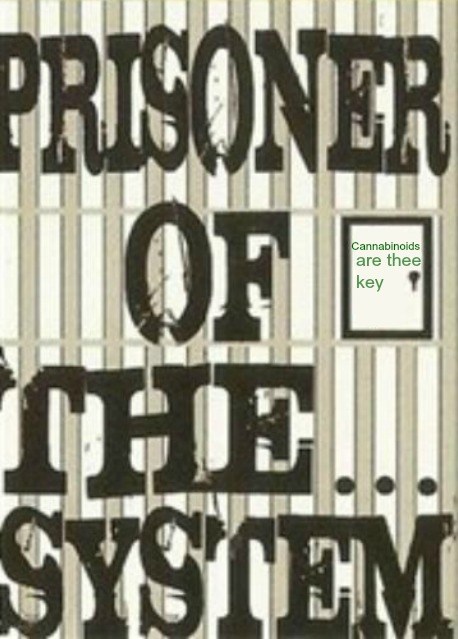Non-psychotropic analgesic drugs from the endocannabinoid system: “magic bullet” or “multiple-target” strategies?
Non-psychotropic analgesic drugs from the endocannabinoid system: “magic bullet” or “multiple-target” strategies?
Source
Department of Pain Pharmacolgy, Institute of Pharmacology Polish Academy of Sciences, 12 Smetna str, 31-343 Krakow, Poland. Electronic address: starow@if-pan.krakow.pl.
Abstract
The exploitation of preparations of Cannabis sativa to combat pain seems to date back to time immemorial, although their psychotropic effects, which are at the bases of their recreational use and limit their therapeutic use, are at least as ancient. Indeed, it has always been different to tease apart the unwanted central effects from the therapeutic benefits of Δ9-tetrahydrocannabinol (THC), the main psychotropic component of cannabis. The discovery of the cannabinoid receptors and of their endogenous ligands, the endocannabinoids, which, unlike THC, play a pro-homeostatic function in a tissue- and time-selective manner, offered the opportunity to develop new analgesics from synthetic inhibitors of endocannabinoid inactivation. The advantages of this approach over direct activation of cannabinoid receptors as a therapeutic strategy against neuropathic and inflammatory pain are discussed here along with its potential complications. These latter have been such that clinical success has been achieved so far more rapidly with naturally occurring THC or endocannabinoid structural analogues acting at a plethora of cannabinoid-related and -unrelated molecular targets, than with selective inhibitors of endocannabinoid enzymatic hydrolysis, thus leading to revisit the potential usefulness of “multi-target” versus “magic bullet” compounds as new analgesics.
Copyright © 2013. Published by Elsevier B.V.
- PMID:
23500197
[PubMed – as supplied by publisher]

http://www.ncbi.nlm.nih.gov/pubmed/23500197

